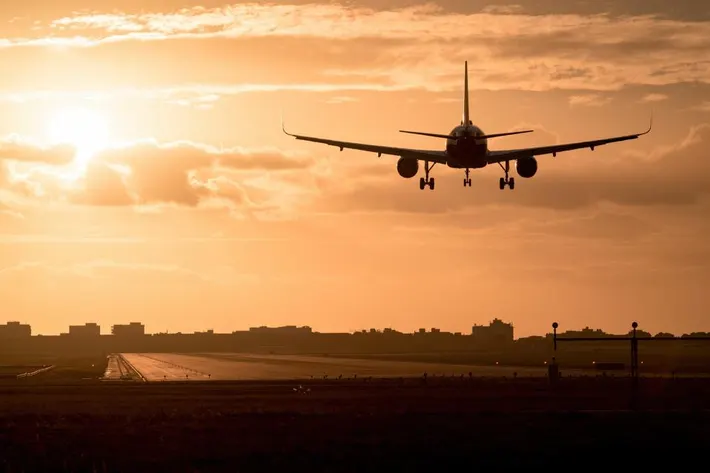
Morocco is setting its sights on becoming a major player in the aviation industry, aiming to attract investors and manufacturers seeking to expand their reach. This push comes amidst a global surge in demand for airplanes, which has strained traditional manufacturing hubs.
The North African nation joins a growing list of countries vying for a piece of the aviation pie. Aircraft giants like Boeing and Airbus, alongside their component suppliers, are increasingly looking to outsource design, production, and maintenance to countries offering a skilled workforce at a competitive cost.
Morocco, with its existing $2 billion aerospace industry, sees this as an opportunity to diversify its largely agrarian economy. The government is offering subsidies to manufacturers of planes, trains, and automobiles, hoping to stimulate domestic production and growth.
“The needs are huge and we are in a very good position,” declared Hamid Abbou, CEO of Royal Air Maroc, Morocco’s national carrier. He highlights the advantage of a readily available workforce, contrasting it with the labor shortages plaguing European manufacturers.
However, the aviation industry faces ongoing challenges. The post-pandemic rebound in air travel led to a surge in demand that overwhelmed manufacturers, leaving airlines waiting for planes. Boeing, in particular, faced supply chain bottlenecks and safety concerns that further hampered deliveries.
Despite these hurdles, the global demand for new aircraft and parts has sparked a geographical shift. Eastern Europe and Southeast Asia are emerging as attractive locations for production and repair facilities.
Safran Aircraft Engines, a French company, exemplifies this trend. They maintain a repair plant near Casablanca, servicing engines for Boeing and Airbus models. This facility caters to airlines worldwide, demonstrating Morocco’s potential as a service hub.
The Moroccan aviation sector boasts another unique aspect: a significant female workforce participation rate of 42%. Industry representatives point to this as a competitive advantage compared to traditional manufacturing hubs.
While competitive labor costs initially attract companies, Morocco recognizes the importance of a skilled workforce. The Institut des Métiers de l’Aéronautique (IMA) in Casablanca plays a crucial role in training the next generation of aviation professionals.
At a recent event celebrating a 25-year partnership between Safran and Royal Air Maroc, Safran CEO Jean-Paul Alary expressed optimism about Morocco’s aviation future. He emphasized the availability of “well-qualified talent” as a key factor in achieving their shared goals.
With a strategic location, a growing pool of skilled workers, and a supportive government, Morocco appears poised to take flight in the global aviation industry. Time will tell if the nation can capitalize on this opportunity and establish itself as a major aviation hub.




